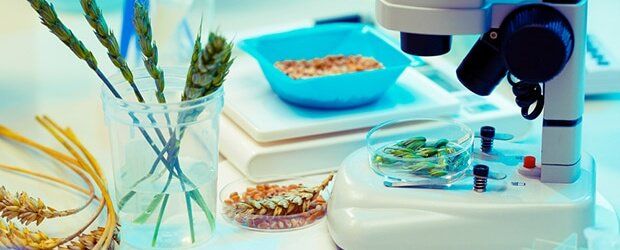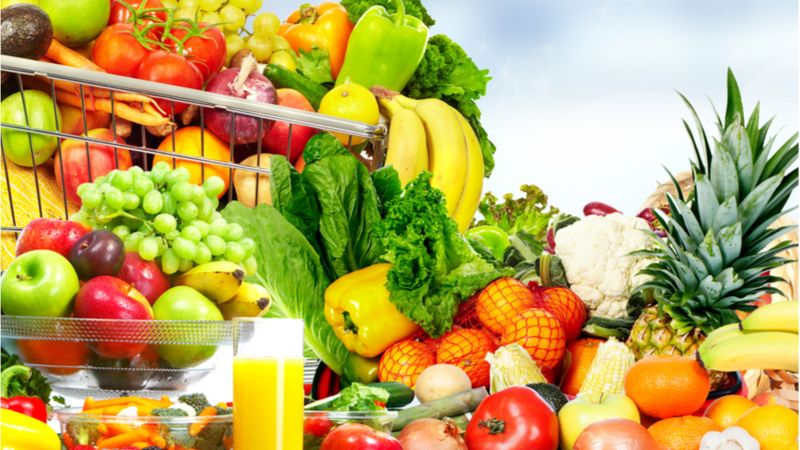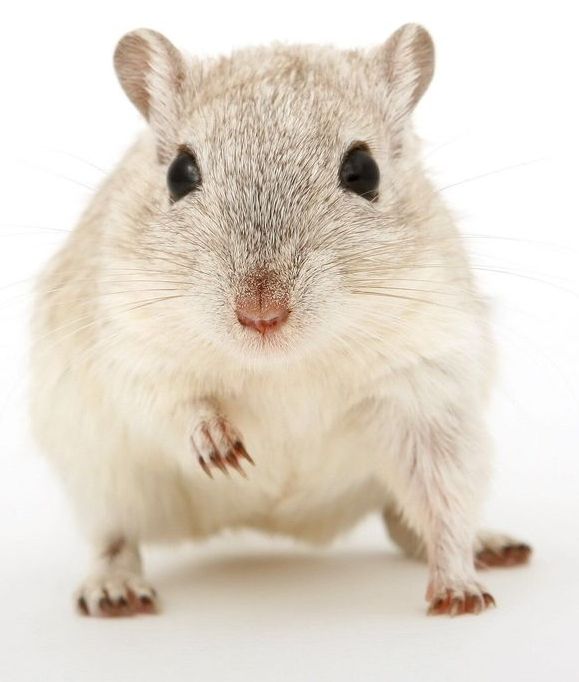Refraction AI, founded by two researchers at the University of Michigan, joins a crowded field of self-driving delivery vehicles.



A University of California, Berkeley professor stands at the front of the room, delivering her invited talk about the potential of genetic engineering. Her audience, full of organic farming advocates, listens uneasily. She notices a man get up from his seat and move toward the front of the room. Confused, the speaker pauses mid-sentence as she watches him bend over, reach for the power cord, and unplug the projector. The room darkens and silence falls. So much for listening to the ideas of others.
Many organic advocates claim that genetically engineered crops are harmful to human health, the environment, and the farmers who work with them. Biotechnology advocates fire back that genetically engineered crops are safe, reduce insecticide use, and allow farmers in developing countries to produce enough food to feed themselves and their families.
Now, sides are being chosen about whether the new gene editing technology, CRISPR, is really just “GMO 2.0” or a helpful new tool to speed up the plant breeding process. In July, the European Union’s Court of Justice ruled that crops made with CRISPR will be classified as genetically engineered. In the United States, meanwhile, the regulatory system is drawing distinctions between genetic engineering and specific uses of genome editing.
This restaurant hired robot waiters to serve you your food.

The internet is rife with myths and articles making dubious claims about certain foods and their anti-cancer properties. We have all seen the articles of questionable scientific merit gracing social media suggesting that such-and-such foods can cure cancer, the majority of which are highly questionable. A new study offers a unique kind of insight into the potential true effectiveness of food in fighting cancer [1].
Investigating molecules in food with machine learning
There is no doubt that there are many foods that contain a myriad of active molecules, and perhaps some of these food myths may have a grain of truth to them. A team of researchers decided to do some real myth-busting and put a variety of bioactive molecules found in foods to the test to see if they might potentially help to combat cancer.

Via environment — world economic forum
If the rains don’t improve over the next two to three weeks, India could face a crisis that hammers harvests and rural demand, analysts said. Companies supplying farmers with everything from tractors to consumer goods would be vulnerable.
The country is still recovering from a drought last year that ravaged crops, killed livestock, emptied reservoirs and drained water supplies to city dwellers and some industries.
Rains first arrived in the southern state of Kerala a week late on June 8, but the developing Cyclone Vayu in the Arabian Sea drew moisture from the monsoon and weakened its progress.

Gut microbes produce compounds that prime immune cells to destroy harmful viruses in the brain and nervous system, according to a mouse study published today in eLife.
The findings suggest that having healthy and diverse microbiota is essential for quickly clearing viruses in the nervous system to prevent paralysis and other risks associated with diseases such as multiple sclerosis.
A condition that causes progressive damage to nerve cells, multiple sclerosis has become more common over the past several decades. Viral infections in the brain or spinal cord are thought to trigger this disease. Some scientists believe that changes in the way we eat, increased sanitation or growing antibiotic use may be causing detrimental changes in the helpful bacteria that live within the human body, potentially increasing the risk of multiple sclerosis and other related diseases.
A natural solution to food waste.
815 million people go hungry every day.
Is comprehensive damage repair feasible? A debate at Undoing Aging 2019 between Vadim Gladyshev, Harvard Medical School and Aubrey de Grey, SENS Research Foundation.
PLEASE LIKE & SUBSCRIBE FOR MORE FROM MY NMN CHANNEL
Vadim N. Gladyshev is a professor at Harvard Medical School, Brigham and Women’s Hospital and an expert and pioneer in antioxidant/redox biology. He is known for his characterization of the human selenoproteinencoded by 25 genes. He has conducted studies on whether organisms can acquire cellular damage from their food;the role selenium plays as a micro-nutrient with significant health benefits;In 2013 he won the NIH Pioneer Award.
Aubrey David Nicholas Jasper de Grey is an English author and biomedical gerontologist. He is the Chief Science Officer of the SENS Research Foundation and VP of New Technology Discovery at AgeX Therapeutics, Inc.
Acknowledgements:
Source: https://www.youtube.com/watch?v=T3rI_ysqB8I&feature=youtu.be

A new study, led by Dr. Dan Knights from the University of Minnesota (USA), has found that the gut microbiome responds more to particular foods than to combinations of nutrients and that microbiome responses to diet are personalized.
The researchers studied the impact of habitual diet on the gut microbiome in 34 subjects for 17 consecutive days. Both the fecal microbiome and the participants’ diet were sampled every day through shotgun metagenomic sequencing and daily 24-hour dietary records, respectively.
Although the relative abundance of gut microbial species showed a high variation within and between individuals, functional traits tended to remain stable across individuals. In contrast, a specific group of functions related to stress response, the conversion of nitrate to nitrogen and the conversion of formate to methane showed a high interindividual variability that did not correlate with nutrient and food intake.